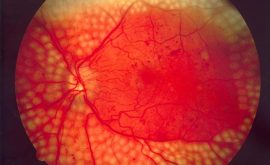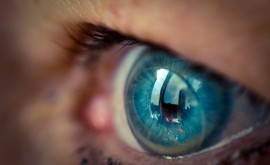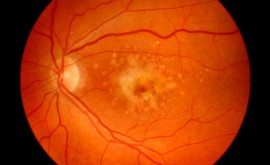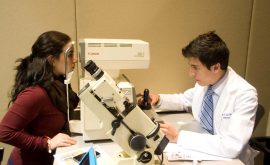Contact lens fitting for standard patient(with no corneal ectasia or other corneal conditions)
I have worked in many places where the expected standards of CL fittings have not been met. Within the continually evolving contact lens world it is easy to become both complacent and outdated. The following article outlines the necessary information that should always be assessed and recorded prior to fitting a CL whether the Px is a new or previous wearer. I will not go into detail regarding the techniques used to assess the Px, rather give an outline into all areas which need to be covered.
Spectacle Rx
An up to date spectacle Rx must be recorded along with the date of their last sight test and the recall.
K-Readings
Too often, this information is missing due to the fact that soft lenses have an almost ‘one fits all’ reputation. However, other than calculating the base curve, K’s are very important to determine whether any astigmatism a Px has is lenticular, corneal or both. This significantly affects potential visual outcome and care must be taken to ensure these measurements are taken.
HVID & Pupil Diameter
This is important for both soft and hard contact lenses but again, seems to be omitted in many cases. Px with large pupil diameters tend to struggle with small diameter gas permeable lenses and also with soft multifocal lenses due to the distortion that may occur with a large pupil. Some larger diameter soft contact lenses are particularly uncomfortable but due to the standard BC are chosen incorrectly.
Detailed Px history
This information is especially important with new wearers as it determines whether the Px will be tolerant to lenses, if they have GH problems or allergies. Also, it ensures a clear understanding of the Px expectations and the desired frequency of CL wear.
External eye examination WITH and WITHOUT flouroscein
An examination with both white light and blue light is essential. It is very easy to miss old corneal scars or any areas of compromised cornea without a flouroscein check. Flouroscein tear break up time (FTBUT) is also very important as depending on the BUT, certain types of contact lenses can be suggested/ruled out. Also, in some cases this may highlight significant dry eye and a potential intolerance to CL wear. Careful attention should be made to the lids and lashes and any blepharitis or meibomian gland dysfunction should be recorded any managed prior to continuing the CL fit.
Choice and fit of CL
Once the desired lens has been chosen and inserted into the Px eye by the practioner, the assessment of the fit on the eye is very important. As mentioned previously, main stream soft CL tend to fit the majority of Px but it is still vital to properly assess the fit by recording the movement, centration, push up test and it’s behaviour in all positions of gaze.
Comprehensive insertion and removal session
This is one of the most important aspects of CL fitting in my opinion. It can be the difference between a Px being a lifelong wearer and one giving up in a week. This seems to be becoming less of a priority and Px tend to feel rushed and frustrated if the process takes longer than 30 minutes. I find that teaching the Px two different methods of I&R and having them choose one gives the most successful outcome. Give them time and if necessary bring them back 2,3, 4 or even 5 times until they are confident and happy that they will not struggle at home when alone.
Detailed Information Leaflet
A leaflet containing ‘Do’s and Don’ts’ is not only important for the Px, but for the Clinician too. It ensures that we cover ourselves by giving a printout of how the Px should wear and care for their lenses. It details how to initially build up wearing time and how to clean and store lenses if they choose to use reusable lenses. In addition to this, it explains what to do if a red or sore eye were to occur as a result of the contact lens. I have attached one of these leaflets for your use and information.




